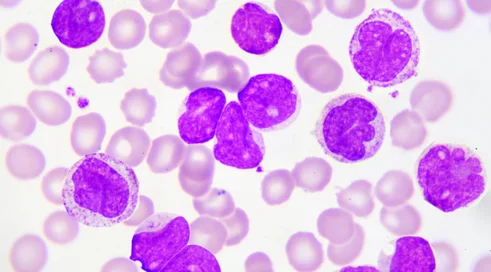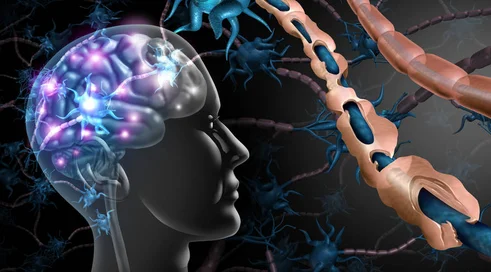NMOSD (neuromyelitis optica), formerly known as Devic's syndrome, is a rare, severe central nervous system disorder with an autoimmune background and aggressive course. NMOSD is characterized by pathological foci within the optic nerves, spinal cord and brain, leading to symptoms such as visual disturbances (up to and including total blindness), hemiparesis and/or severe pain in the extremities (affecting only the legs or both legs and arms), sensory disturbances, or sphincter disorders, among others. These symptoms do not have to occur at the same time, and the disease in most cases is projected. Each flare leaves a large neurological deficit, leading to disability and, in extreme cases, can even lead to death.
Diagnosing NMOSD
As experts point out, despite the diagnostic criteria defined in 2015, early and correct diagnosis of NMOSD can sometimes be difficult in clinical practice. Patients
with symptoms suggestive of NMOSD should be serologically tested for the presence of antibodies to aquaporin 4 (AQP4-IgG) in serum, preferably by cell-based assay (CBA), which is the most sensitive method. These antibodies are present in the majority of people with NMOSD (about 80% of patients), hence they are a specific diagnostic biomarker. In patients with confirmed presence of AQP4-IgG, i.e. the so-called seropositive patients, for the diagnosis of NMOSD it is sufficient to find clinical features of involvement of at least one of the following structures of the central nervous system: the optic nerve, spinal cord,areapostrema, brainstem or intercerebrum, and to exclude other diseases that may give similar symptoms, primarily multiple sclerosis (e.g. by pe...
Content locked
To gain access to the complete English section of the Medexpress.pl, kindly reach out to us at [email protected].



















